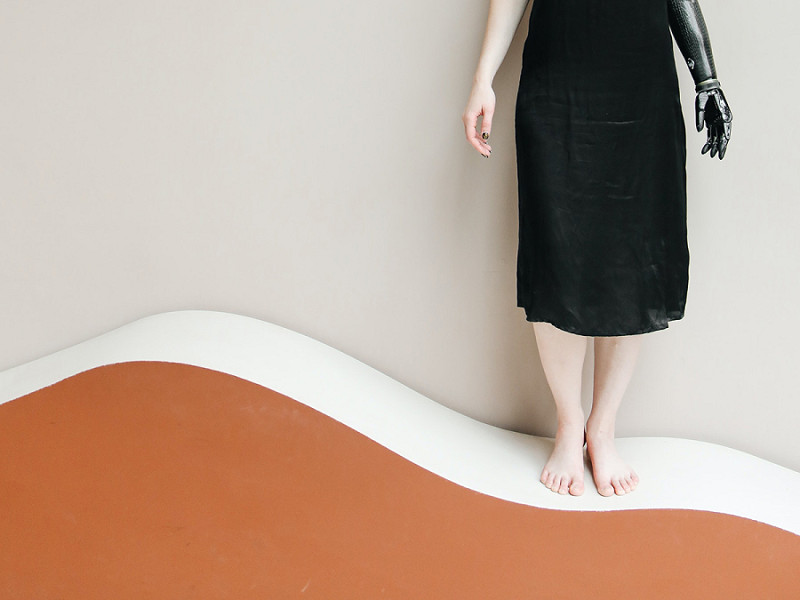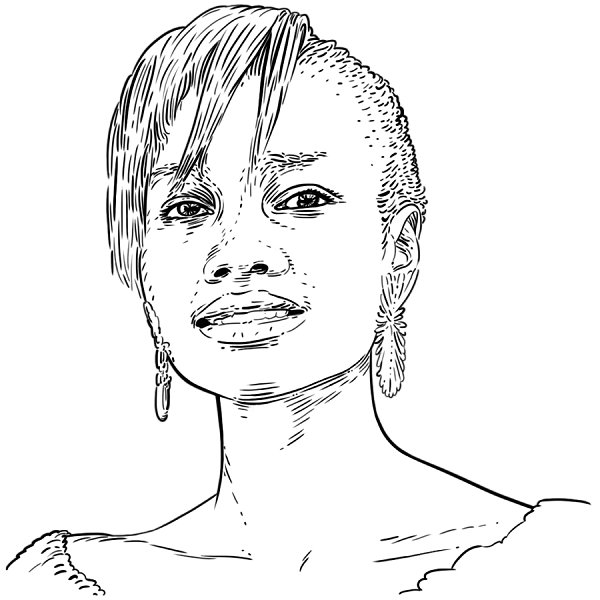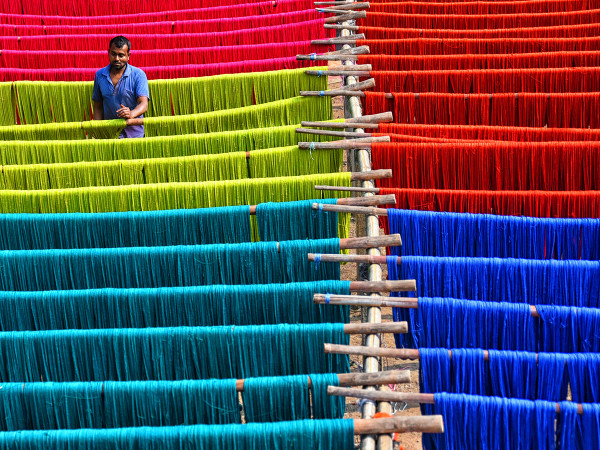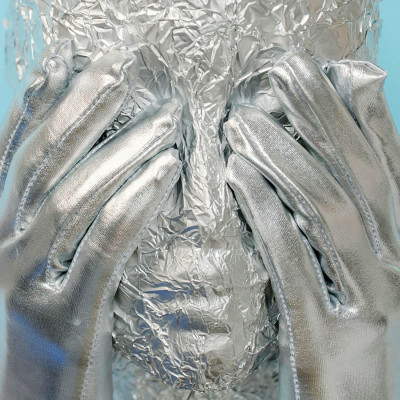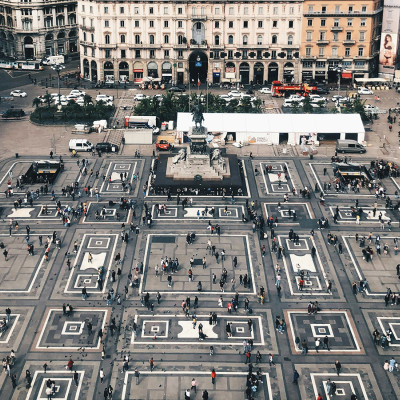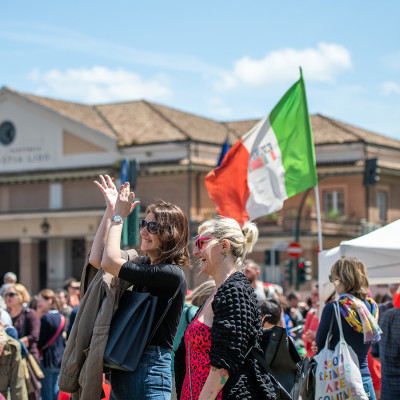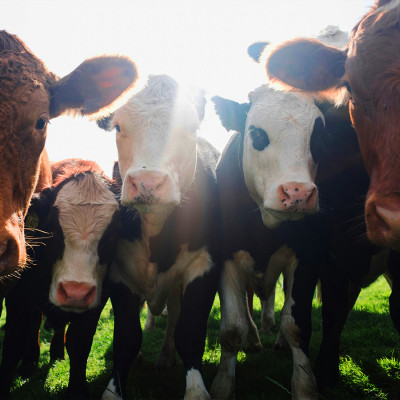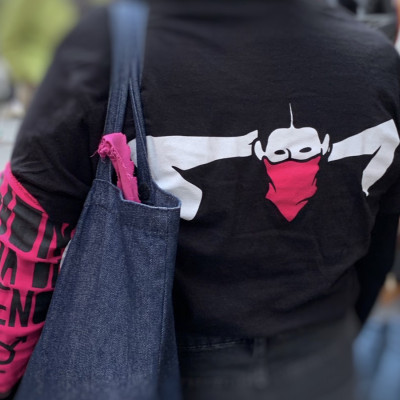Equal employment opportunity policies in the fashion industry
Among the main employers of adults is the fashion sector. An estimated 430 million people work in the manufacture of clothing, fashion, and textiles, either through growing of cotton crops, processing, sewing of clothing, modeling, recycling and upcycling, styling or selling of the finished products, such as clothing, shoes, and accessories. One might develop skills or perhaps pursue a career thanks to these different sectors. The fashion sector is, however, skewed when it comes to employment prospects.
Most of the fashion brands and the textile companies have not been inclusive when it comes to employment. The industry has often excluded disabled people both as consumers and as employees. Claims of disability discrimination, sexual orientation, age, body size and race have often been associated with the industry, thus the need for equal employment opportunity policies. These policies - based on the constitution of a Country - refer to the principles formulated to ensure equal treatment to everyone in terms of employment regardless of race, gender, religion, ethnicity, color, age or disability.
Equal opportunities and anti-harassment policies are the core of good employment practices when it comes to ensuring diversity and inclusion in the workplace. These policies ensure that the employment decisions are based solely on an individual’s ability to perform the work, and not on his/her personal characteristics. They promote a diverse workforce where the employees get the privileges of learning from each other, promote respect amongst the colleagues, create an open and friendly culture that supports and adds value to the company’s diversity.
We live in a moment when the dream of equal opportunity is within our reach, B. Obama
Despite the fact that women represent the majority of textile workers, gender-based wage discrimination happens on a wide scale. Men, on the other hand, tend to work in better paid and higher level positions such as general managers and supervisors. A study from the International Labor Organization carried out in 9 Countries in Asia, shows that the average raw gender pay gap is approximately 18% as a result of men getting promotions and women left stuck in the entry level positions.
Such kinds of happenings can be solved by having policies in place such that, when it comes to promotion opportunities, new roles should be available to all employees who meet the relevant criteria, regardless of gender. The managers making promotion decisions should apply clear and objective performance criteria in a transparent and consistent way across the team.
Age discrimination has always been an issue in the fashion industry, though less common compared to the other aspects such as sex, disability and color. Older people are often left out completely in the advertisements. Aging (female) models are almost nowhere to be seen in most of the modeling agencies. A study from The International longevity Centre, in the fashion and beauty industry, shows that the sidelining of the older consumers as well as the older women in advertisement could cost the industry £11 billion over the next 20 years. With the equal employment policies in place, it would ensure that age inclusivity is considered in the recruitment process and representation when it comes to ads, shoots and the social media platforms. Representation matters especially in a company that is looking forward to having a diverse labor force.
For many years, there has been size discrimination in both the fashion industry and the modeling agencies. Women wearing plus size have always been sidelined when picking models for different job opportunities. The agencies should consider that not every woman is of the same size and their weight should not affect their chances of becoming models or rather getting employed. It is encouraging that several fashion brands and runway shows are now including plus-sized women in their labor force.
Though several brands are exploring inclusion and diversity in their labor force, people with disabilities still seem to lack representation. Disabled models are rarely seen in editorials, magazines, runways or even working in the textile sectors and stores. A research on disability inclusion in the workplace carried out by the World Economic Forum backs up the need for inclusion, equality and diversity, stating that a variety of people helps to increase creativity, as employees from different backgrounds have different ideas. A person’s condition should not be a barrier to excelling in a role.
All of us do not have equal talent, but all of us should have an equal opportunity to develop our talent, J.F. Kennedy
Many fashion brands have started to embrace the inclusivity approach to their marketing and advertising campaigns. Brands such as Gucci have incorporated diversity and inclusion in their working environment where they say that it is their desire to see people live a life of self-expression and freedom that fuels creativity, fosters innovations and reimagines the future.


